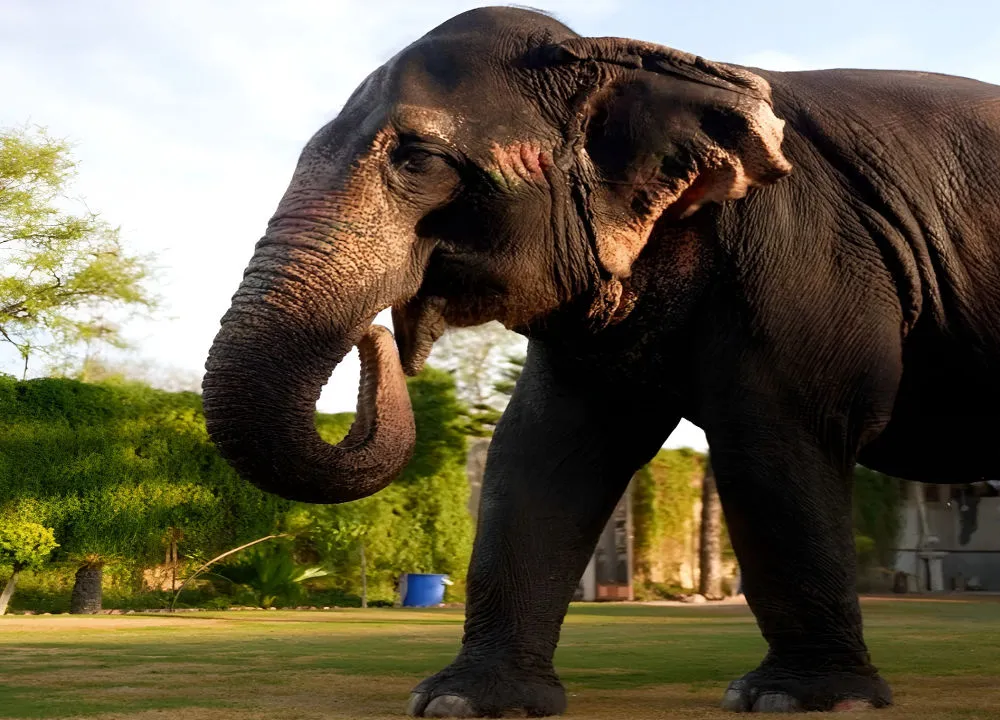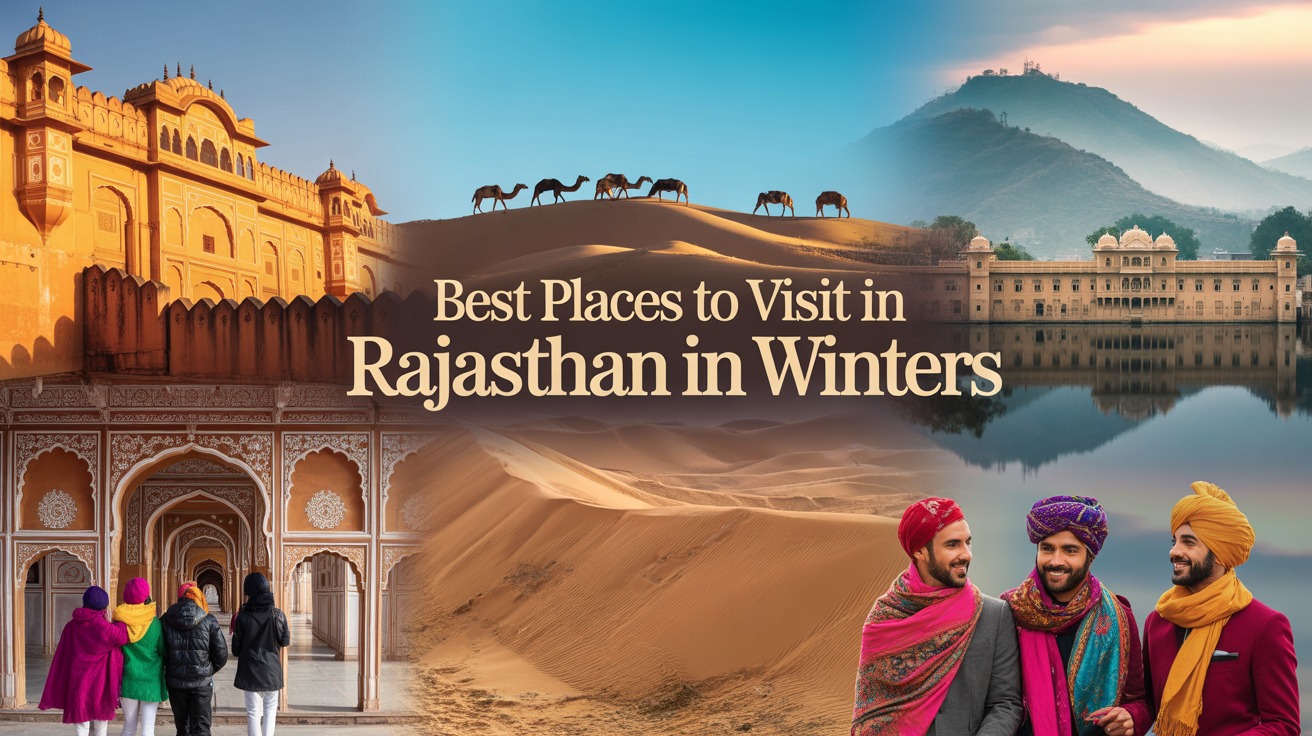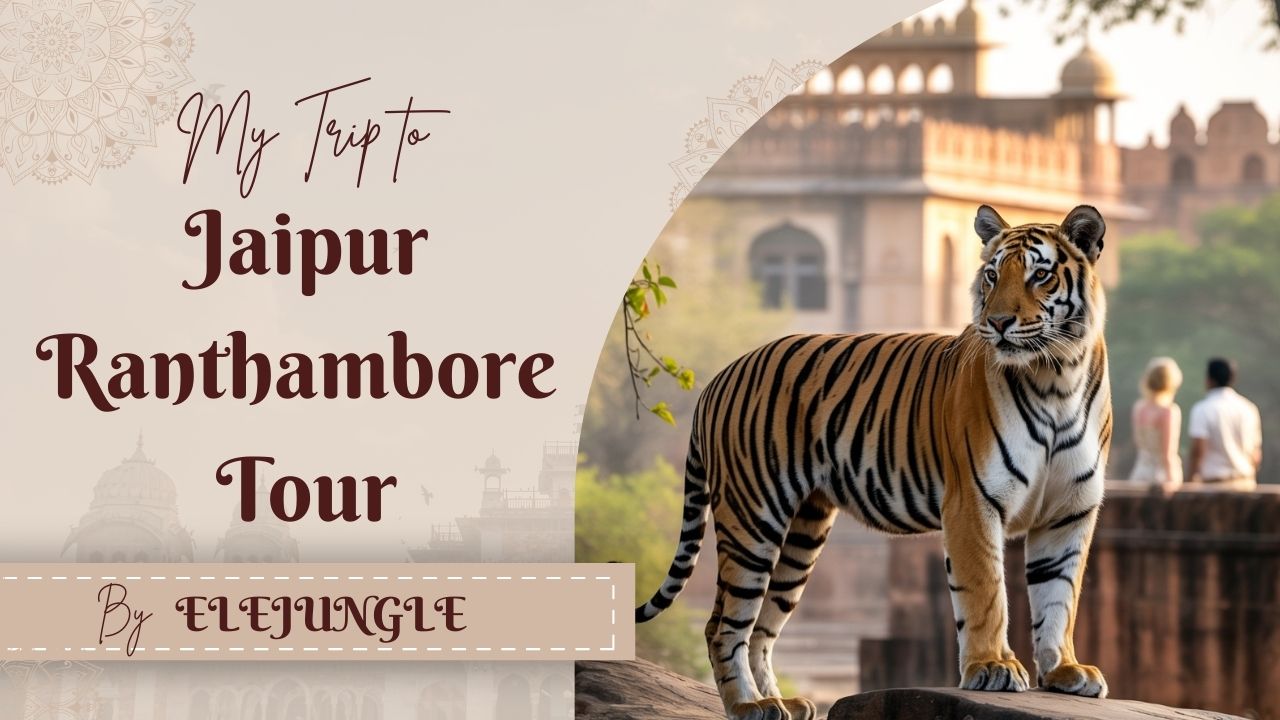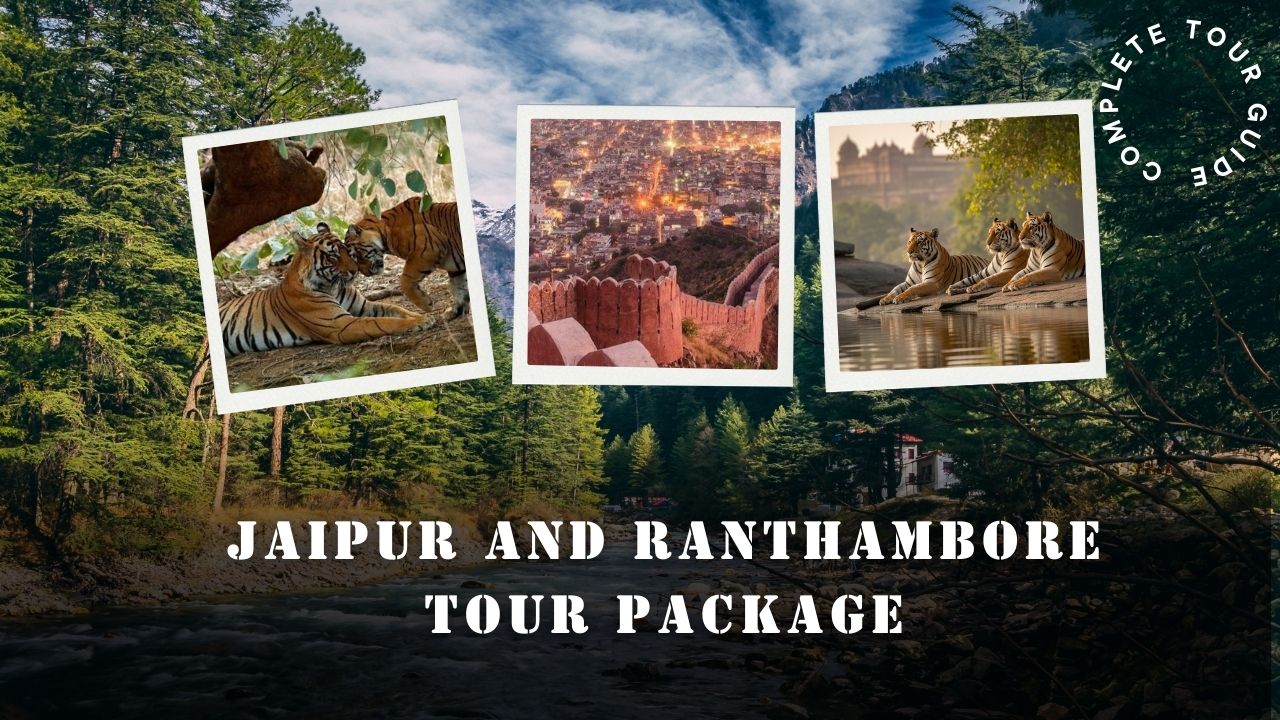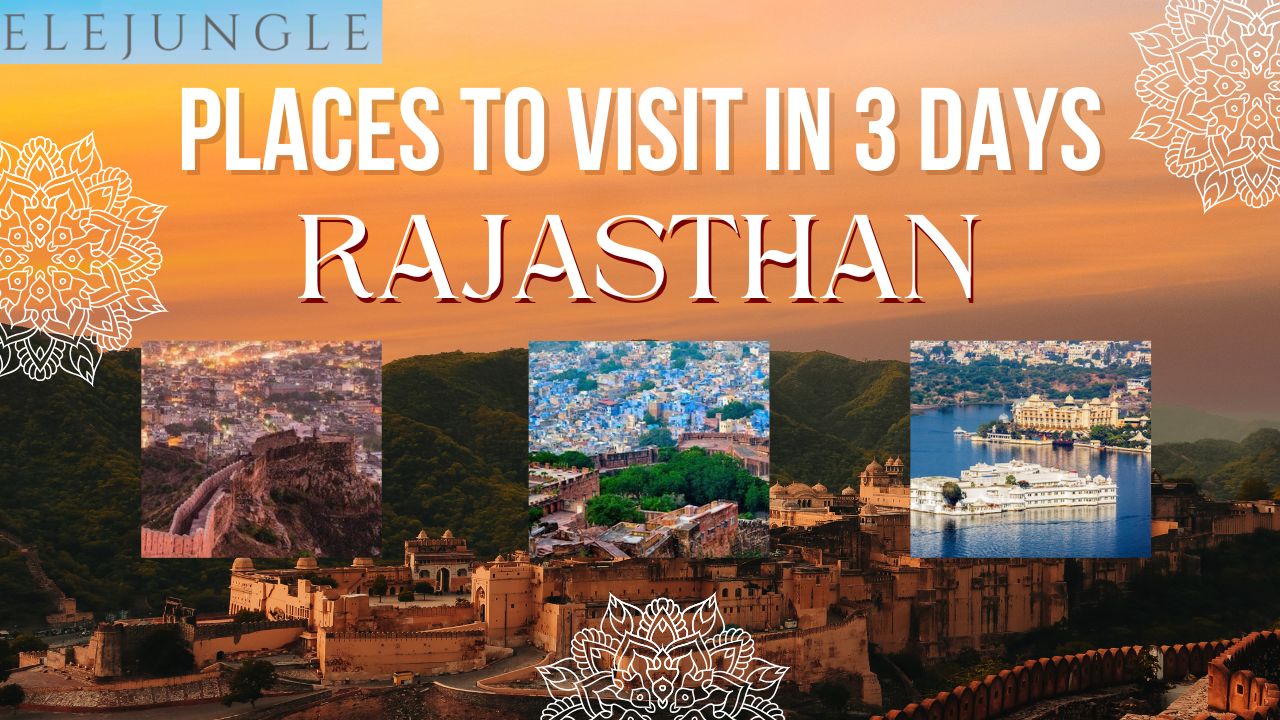The Pink City of India, and the capital city of Rajasthan Jaipur, is famous for its stunning architecture, colourful culture and rich history. A trip to Jaipur is incomplete without exploring its iconic monuments, which not only stand as architectural marvels but also reflect the grandeur of the bygone Rajput era. Here is a detailed guide on the entry fees, timings and significance of the famous monuments of Jaipur.
Amber Fort

Timings: 8:00 AM - 5:30 PM (Day Visit)
Entry Fee:
Indian Nationals: INR 50 per person
Indian Students: INR 10 per person
Foreign Nationals: INR 550 per person
Foreign Students: INR 100 per person
Elephant Ride: INR 1,000 (for two persons, one way)
Light and Sound Show: INR 200 (Hindi), INR 400 (English)
Situated atop a hill, the Amber Fort is a fine blend of Rajput and Mughal architectural styles. Built of pale yellow and pink sandstone, the fort is known for its artistic excellence with intricate mirror work and carvings. The Sheesh Mahal (Mirror Palace), Diwan-e-Aam (Hall of Public Audience) and Sukh Niwas (Hall of Pleasure) are the main attractions. You can also enjoy an elephant ride to the entrance of the fort, which will give you a royal experience like the times of the Maharajas. The Amber Fort also offers an evening light and sound show, where visitors can relive the historical stories of Jaipur through visual spectacle.
City Palace
Timings: 9:30 AM - 5:00 PM
Entry Fee:
Indian Nationals: INR 200 per person
Indian Students: INR 100 per person
Foreign Nationals: INR 700 per person
Foreign Students: INR 400 per person
Museum Visit (Chandra Mahal): INR 500 for Indians, INR 1,500 for foreigners
The City Palace in Jaipur, which is still home to the royal family, is an architectural marvel that incorporates both Rajput and Mughal styles. It has several courtyards, buildings and gardens, including the Mubarak Mahal (Welcome Palace) and the Chandra Mahal. The Chandra Mahal has been partially converted into a museum, displaying royal attire, armory and manuscripts. The intricate Peacock Gate and exquisite art and artefacts within the palace showcase the grandeur of Jaipur's royal heritage. The museum gives an in-depth look at Jaipur's royal history, with exhibitions of textiles, armory and portraits of the maharajas.
Hawa Mahal

Timings: 9:00 AM - 5:00 PM
Entry Fee:
Indian Nationals: INR 50 per person
Indian Students: INR 20 per person
Foreign Nationals: INR 200 per person
Foreign Students: INR 100 per person
Hawa Mahal, or the Palace of the Winds, is one of Jaipur's most recognizable landmarks. Built by Maharaja Sawai Pratap Singh in 1799, it was designed to allow the royal women to carry out daily life and festivities on the street without being seen, as they observed purdah (a custom of seclusion). The five-story palace has 953 small windows or jharokhas, which allow cool breezes to flow through the palace, giving it the name "Hawa Mahal". The monument looks especially beautiful in the morning light when soft sunlight illuminates its pink sandstone structure. Tourists can also enjoy panoramic views of Jaipur's bustling streets and the nearby Jantar Mantar from the top of the Hawa Mahal.
Jantar Mantar
Timings: 9:00 AM - 4:30 PM
Entry Fee:
Indian Nationals: INR 50 per person
Indian Students: INR 20 per person
Foreign Nationals: INR 200 per person
Foreign Students: INR 100 per person
Jantar Mantar is an astronomical observatory built by Maharaja Sawai Jai Singh II in the early 18th century. This UNESCO World Heritage Site is home to a collection of nineteen architectural astronomical instruments, including the world's largest stone sundial. These instruments are designed for measuring time, tracking celestial objects and observing planets.
Despite being centuries old, the observatory remains one of the most advanced instruments for astronomical studies from its era and is a testament to India's scientific prowess. Visitors can view the instruments and marvel at the ingenuity behind their construction.
Nahargarh Fort

Timings: 10:00 AM - 5:30 PM
Entry Fee:
Indian Nationals: INR 50 per person
Indian Students: INR 20 per person
Foreign Nationals: INR 200 per person
Foreign Students: INR 25 per person
Situated on the rugged hills of the Aravallis, the Nahargarh Fort offers a panoramic view of the city of Jaipur. Built-in 1734 by Maharaja Sawai Jai Singh II as a resting place for the royal family, the fort has undergone several expansions over time. Though less grand than the Amer Fort, Nahargarh's charm lies in its scenic location and the stories of intrigue associated with it. The fort is a popular spot for sunset views and houses the Madhavendra Bhawan, a palace within the fort complex that houses suites for the king and his queens. The fort has also gained fame from its appearance in Bollywood films such as Rang De Basanti.
Jaigarh Fort

Timings: 9:00 AM - 4:30 PM
Entry Fee:
Indian Nationals: INR 150 per person
Indian Students: INR 50 per person
Foreign Nationals: INR 200 per person
Foreign Students: INR 100 per person
Standing on Cheel ka Tila (Eagle's Hill), Jaigarh Fort overlooks both Amber Fort and Maota Lake. Built in 1726, the fort is known for its military history, housing the Jaivana Cannon, the world's largest cannon on wheels. Unlike the Amber Fort, Jaigarh has retained its rugged and battle-ready appearance, symbolizing the military might of the Rajput rulers. The fort also houses an impressive armory museum and a watchtower that offers stunning views of the surrounding hills. Jaigarh and Amber Fort are connected via underground passages, adding to the mystique of this historical site.
Albert Hall Museum

Timings: 9:00 AM - 5:00 PM
Entry Fee:
Indian Nationals: INR 50 per person
Indian Students: INR 20 per person
Foreign Nationals: INR 300 per person
Foreign Students: INR 150 per person
The Albert Hall Museum, located in the Ram Niwas Garden, is the oldest museum in Rajasthan and a prime example of Indo-Saracenic architecture. It was designed by Sir Samuel Swinton Jacob and opened to the public in 1887. The museum's collection includes everything from traditional Rajasthani miniature paintings, carpets and sculptures to ancient weapons and metal artifacts. One of the main attractions of the museum is the Egyptian mummy that attracts visitors with great curiosity. The museum also holds periodic exhibitions showcasing various local and international arts.
Conclusion
Jaipur is one of the best cities of Rajasthan to visit, famous for its monuments, a must visit place for history and culture explorers. This monuments of Jaipur tour guide will help you to explore Jaipur hussle free, if you are a first time traveler this guide is perfect friend for you, Fees and Timings for Visiting Jaipur Monuments all are mentioned in this guide.
